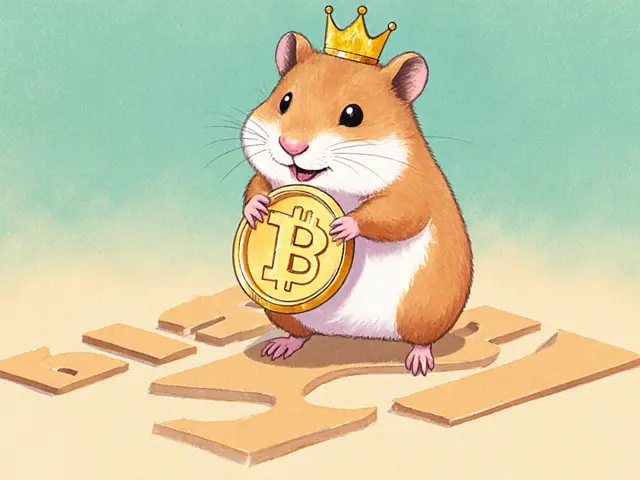Token Supply Models: How Crypto Coins Control Their Numbers
When working with token supply models, the set of rules that dictate how many tokens exist, how they are created, and when they can be burned. Also known as supply mechanisms, they are the backbone of any crypto project's economic design. A clear supply model lets investors gauge scarcity, while developers use it to align incentives and protect network security. In short, a well‑crafted model balances growth and value preservation.
Key Concepts That Shape Token Supply
Understanding a token's supply starts with tokenomics, the broader economic framework that includes distribution, utility, and governance. Within tokenomics, the max supply, the absolute upper limit of tokens that can ever exist sets the ceiling for scarcity. Some projects lock the max supply at launch, creating a fixed‑supply model; others adopt a capped inflation schedule that releases new tokens over time. That release plan is called the emission schedule, the timeline and rate at which new tokens are minted or distributed. A predictable schedule reduces uncertainty for holders and helps price discovery. Finally, many networks tie token creation to staking rewards, the incentives paid to participants who lock up tokens to secure the blockchain. These rewards act as a controlled inflation source, encouraging long‑term commitment while expanding the circulating supply gradually.
Putting these pieces together, token supply models encompass max supply limits, emission schedules, and staking reward mechanisms. They require careful calibration because an overly generous emission schedule can dilute value, whereas a too‑tight cap may hinder network growth. Projects often adjust their models via governance votes, showing how tokenomics influences supply decisions. The interplay between scarcity (max supply) and growth (emission + rewards) determines a token’s market behavior and its appeal to different investor types.
Below you’ll find articles that break down real‑world examples of these concepts—from yacht‑backed OSEAN tokens to DeFi projects like REV3AL and Fautor. Each guide explains how the token’s supply model works, what risks it carries, and how you can assess whether the design matches your investment goals. Dive in to see the models in action and get a practical sense of how supply dynamics shape crypto markets.

Learn how to evaluate crypto projects using a tokenomics analysis framework. This step-by-step guide covers supply, distribution, utility, incentives, governance, and monetary policy, plus a handy checklist.
Jonathan Jennings Oct 11, 2024




